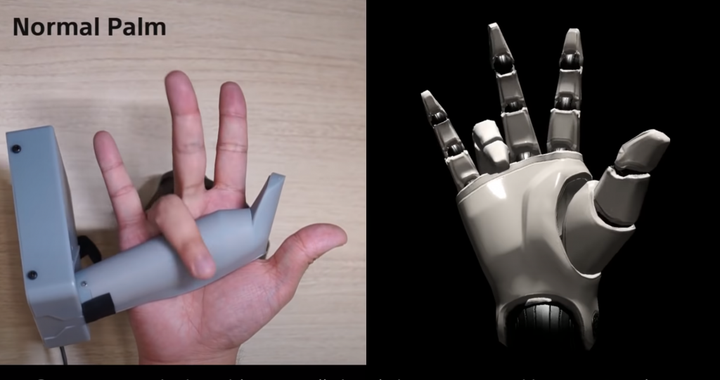One of my first "full" VR experiences was playing Resident Evil 7 with PlayStation VR headset back in January 2017. My first full playthrough of the RE7 was in VR, and from that moment I fell in love with the technology and I'm still convinced that it is the future of gaming. And I'm glad to see that the biggest gaming companies agree with me.
This year we had the first big "true AAA" VR game, which was a huge milestone for VR. We are talking of course about Half-Life Alyx. The game was the best selling title in the first quarter of the year on Steam, and Alyx is currently sitting among the Top 10 best-rated games on Steam ever, even rated better than both original Half-life and Half-Life 2.
Recently it was revealed that Microsoft and Valve are working together on a new next-gen VR headset, and now Sony decided to share with us some research they are doing for their VR technology. Although it wasn't officially announced, it is no secret that Sony will bring PlayStation VR 2 at some point, just it will not be along with the lunch of the new console, but probably in late 2021 or early 2022.
And the new research document Sony recently shared is showing for the first time their work on new VR controllers, possibly Move 2. Sony has a patent for Controller Device for some time now, and we know from that document that the controller has a finger-tracking technology, very similar to how Valve Index controllers work.
Recently Valve shared a research document called "Evaluation of Machine Learning Techniques for Hand Pose Estimation on Handheld Device with Proximity Sensor." You can read the research here if you are interested in the technology behind it, but for us more interesting is the video they have shared.
In the video, we can see how the finger-tracking works in practice with these new prototype controllers. Controllers are able to track the movement of your fingers at a very precise level, which can enable creative use of it in VR. The sensor is tracking position and movement of every single finger, which allow for 3D hand to replicate specific states of hand with various finger positions in real-time.
As we can see in the video, this means that we can do some really delicate things inside the VR, like using only some of our fingers to operate and do actions like touching, grabbing, moving, etc.
Further in the video, Sony showcases how the controller is working if you are wearing something that can possibly interfere with the technology, like metal rings, watches, etc.
All in all, this definitely confirms that Sony is actively working on the next-gen VR technology and that we can expect some really ground-breaking stuff when it comes. Sony already showed its next-gen controller technologies, like advanced haptics and trigger resistance, which will come with the new DualSense controller, so we can expect to see those integrated with new VR controllers as well.

 No ads, our video library,
No ads, our video library,

